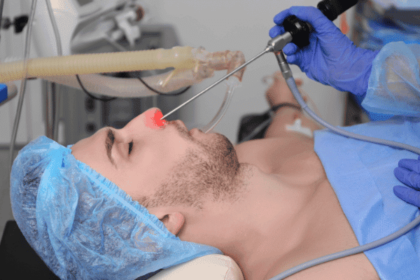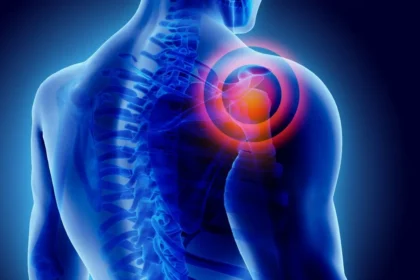A surgical face lift, known clinically as a rhytidectomy, is a procedure designed to reduce the visible signs of aging in the face and neck. During this surgery, excess skin is removed, and underlying tissues are tightened to create a smoother, more youthful appearance. While effective, a surgical facelift is an invasive procedure that requires significant recovery time. For individuals seeking rejuvenation without undergoing surgery, non-surgical alternatives provide an alternative path. Here’s more on non-surgical facelift treatments and their benefits:
Definition of Non-surgical Face Lifts
A non-surgical face lift is a minimally invasive cosmetic procedure designed to refresh and rejuvenate the appearance of the face. Unlike traditional surgery, these treatments do not require large incisions, general anesthesia, or extensive downtime. They instead utilize techniques to address concerns, including:
- Fine Lines
- Wrinkles
- Skin laxity
- Loss of Volume
These procedures aim to restore a more youthful contour and improve skin quality through various methods.
Types of Non-surgical Face Lifts
Several types of non-surgical procedures are available, each targeting specific signs of aging. A qualified provider can help determine the most appropriate approach based on an individual’s unique facial structure and aesthetic goals. Here are some popular non-surgical treatment options:
Injectables
Injectables are a primary component of non-surgical facial rejuvenation. This category includes dermal fillers, which are gel-like substances used to restore lost volume, smooth lines, and enhance facial contours. Common areas for filler application include the cheeks, lips, and nasolabial folds. Other injectables work by temporarily relaxing the muscles that cause wrinkles, particularly in the forehead and around the eyes.
Microneedling
Microneedling is a procedure that uses fine, short needles to create tiny punctures in the skin’s surface. This process stimulates the body’s natural healing response, promoting the production of collagen and elastin. The result is improved skin texture, firmness, and a reduction in the appearance of fine lines and scars.
Ultherapy
Ultherapy is a non-invasive procedure that uses focused ultrasound energy to lift and tighten the skin. The ultrasound energy is delivered to the deeper layers of the skin, including the same foundational layer addressed in surgical facelifts. This energy gently heats the tissue with a transducer device. The transducer stimulates the body’s regenerative process to produce new collagen, resulting in a gradual lifting and tightening effect over time.
Chemical Peels
Chemical peels involve the application of a chemical solution to the skin, which causes it to exfoliate and eventually peel off. The new, regenerated skin is typically smoother and less wrinkled than the old skin. Peels vary in strength and can be used to improve the appearance of fine lines, sun damage, and mild scarring, resulting in a more even skin tone and texture. Peels have three standard depth options:
- Superficial Peels
- Medium Peels
- Deep Peels
Benefits of Non-surgical Face Lifts
Non-surgical facelift procedures offer several advantages for individuals who prefer to avoid surgery. These treatments are minimally invasive, which typically translates to a shorter recovery period and reduced discomfort compared to a surgical rhytidectomy. Many procedures can be completed in a clinical setting in under an hour, allowing you to return to your daily activities more quickly.
Schedule an Appointment Today
Non-surgical face lifts offer a range of treatments and shorter recovery periods. A cosmetic dermatologist can provide a thorough assessment of your skin and facial structure to recommend a personalized treatment plan. To learn more about how these treatments may benefit you, contact a dermatologist today.








